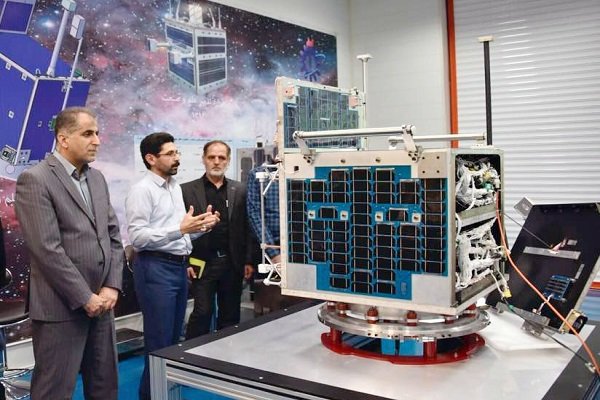In a post on his Twitter account on Sunday, Azari Jahromi said the Zafar-1 and Zafar-2 satellites have successfully passed the technical tests through the efforts of the young Iranian scientists.
The two homegrown satellites are going to be carried to a space center and will be soon launched into orbit, he added.
صبح برفی شما بخیر!
با تلاش دانشمندان جوان ایرانی، «ماهوارههای ظفر ۱و۲» که تستهای موفق خود را پشت سر گذاشتهاند، امروز راهی پایگاه فضایی میشوند تا به زودی فرآیند قرار گرفتن آنها در مدار طی شود
این «ماهواره» و «ماهوارهبر» هر دو یک گام تحقیقاتی مهمند
به امید موفقیت#آینده_روشن✨ https://t.co/jKSeIzlnCo— MJ Azari Jahromi (@azarijahromi) January 19, 2020
The minister described the development of the Iranian satellite and satellite-carrier as a “significant step” in the space research sphere.
In another post on his Instagram account, Azari Jahromi said the two versions of Zafar satellite enjoy more advanced technologies than the previous Iranian satellites.
According to the minister, the Zafar satellite is used for telecommunication, taking images, and picking up space signals.
In a Sunday ceremony attended by officials from the Ministry of Information and Communications Technology, Ministry of Defense and Ministry of Science, the Iran University of Science and Technology (IUST) officially delivered the Zafar satellite.
Zafar is a monitoring satellite, which will be sent into a geostationary orbit that is a circular orbit around 36,000 kilometers (22,320 miles) above the Earth’s equator.
The satellite will reportedly have a lifespan of one year and six months, and will capture images and transmit them to stations on earth.
